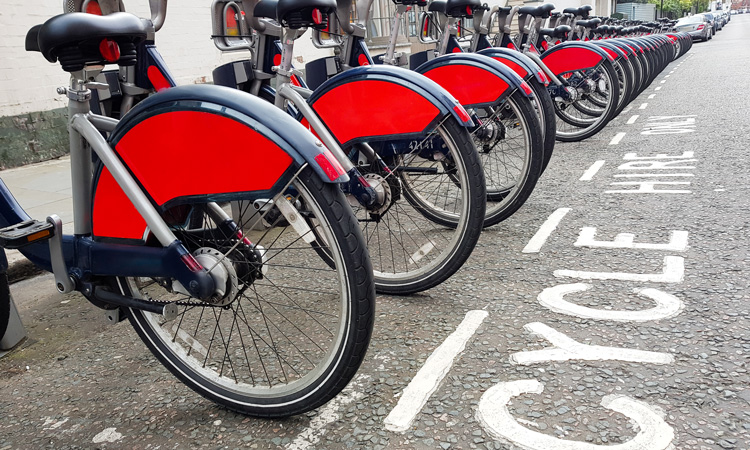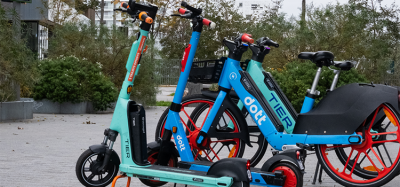UITP Policy Brief examines impact of change in urban mobility demand
- Like
- Digg
- Del
- Tumblr
- VKontakte
- Buffer
- Love This
- Odnoklassniki
- Meneame
- Blogger
- Amazon
- Yahoo Mail
- Gmail
- AOL
- Newsvine
- HackerNews
- Evernote
- MySpace
- Mail.ru
- Viadeo
- Line
- Comments
- Yummly
- SMS
- Viber
- Telegram
- Subscribe
- Skype
- Facebook Messenger
- Kakao
- LiveJournal
- Yammer
- Edgar
- Fintel
- Mix
- Instapaper
- Copy Link
Posted: 14 April 2020 | Sam Mehmet (Intelligent Transport)
The aim of the Policy Brief was to better understand how new mobility services, such as e-bike sharing schemes, might impact urban streetscapes and city spaces.


Cities and towns are growing rapidly, causing a change in mobility demands. New services such as bike-sharing, ride-hailing and car-sharing aim to sustainably reduce private car trips by providing different ways to move around. Yet, they are said to also impact street management, urban infrastructure and land-use.
In a newly released Policy Brief – New Mobility and Urban Space: How can cities adapt? – the International Association of Public Transport (UITP) has examined the impact of growing transport activity around the world, changing demographics in cities, climate change concerns in populated areas and how this impacts mobility needs.
The aim of the Policy Brief was to better understand the impacts of new mobility services on the urban streetscape and the ways in which cities can remain inclusive, safe and resilient. Mobility is said to be a city’s essential tool in providing access to employment, education, goods and services – and more options must be presented to people in order for our cities to develop, UITP claimed.
It also stressed that understanding cities on a street-level is vital to providing further support for local authorities to make use of this data. Initiatives have already been put in place to discourage individual car use, offering a greater role for public transport, regaining space from cars and providing infrastructures for active mobility. And, with the introduction of projects such as healthy street plans, flexible zones and urban traffic, cities are said to be developing their urban needs.
The digital revolution has also brought radical changes to mobility travel behaviours, and has encouraged new actors to enter the mobility market, UITP stated.
The Policy Brief highlighted that there needs to be infrastructure that maximises accessibility by creating people-centric cities. It outlined that cities with developed walking and cycling infrastructure have increased the quantity of people moving, often without using additional space.
To achieve their mobility visions, the Policy Brief stated that cities must:
- Understand how each mode disrupts the mobility system
- Prioritise modes
- Manage providers’ expectations
- Redefine and reallocate the street space for safe multimodal traffic
- Maintain and improve universal street accessibility. This means removing objects or vehicles that clutter pavements.
The Policy Brief also recommended the following, which aim at facilitating collaboration between city planners, transport authorities and mobility providers:
- Encourage new services and technologies which help create a safer, quieter and more pleasant environment
- Invest in public transport, walking and cycling infrastructures
- Integrate walking and cycling with public transport
- Coordinate mobility with other urban strategies (housing, developments etc)
- Make services available to all people
- Ensure support for sustainable services
- Set up pilots to better understand the use of streets.
Related topics
Infrastructure & Urban Planning, Mobility Services, Sustainable Urban Transport, Traffic Management
Related organisations
International Association of Public Transport (UITP)








